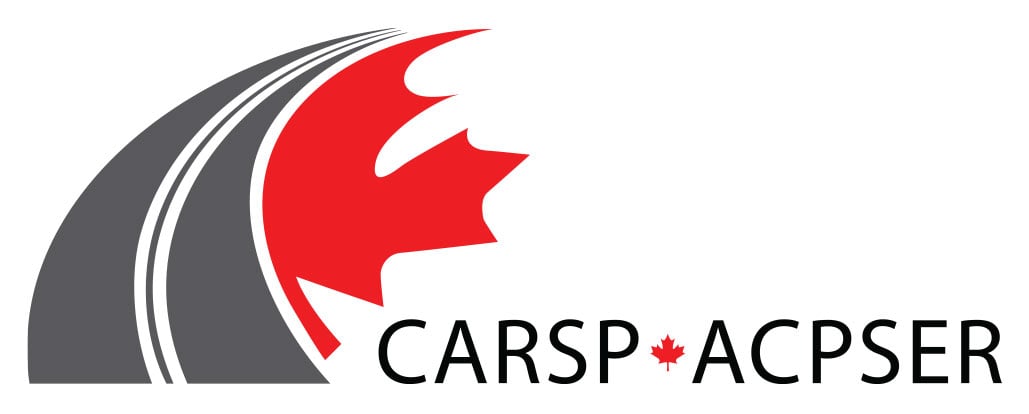Installation of speed humps and pedestrian-motor vehicle collisions in Toronto, Canada: a quasi-experimental study
Author(s): Linda Rothman, Alison Macpherson, Ron Buliung, Colin Macarthur, Teresa To, Kristian Larsen, Andrew Howard
Slidedeck Presentation Only (no paper submitted):
Abstract:
BACKGROUND
• Speed is the major risk factor for motor vehicle crashes, and directly influences injury severity. Speed humps are the most common physical traffic calming interventions used in urban areas and have been demonstrated to effectively reduce vehicle speeds and reduce motor vehicle collisions. Evidence related to the effectiveness of speed humps specifically on reducing pedestrian-motor vehicle collisions (PMVCs) has been conflicting.
AIMS
• To determine the association between speed hump installation and changes in PMVC rates in Toronto, Canada.
METHODS
• Speed humps were mapped along with police-reported PMVCs from 2000-2011 and built environment variables. A quasi-experimental study identified PMVC counts before and after speed hump installation, modeled using repeated measures Poisson regression adjusted for season and built environment variables. Stratified analyses were conducted by age group injury and severity. The preventive fraction of installation and number of PMVCs avoided were calculated for all roads, and for specifically, local roads, where the majority of speed humps are installed.
RESULTS
There were 27,827 PMVCs, with 1344 collisions along 409 roadways with speed humps. PMVC rates decreased after installation of speed humps (IRR 0.78 95% CI 0.66, 0.91), representing a 22% preventive fraction, or a decrease of 296 PMVCs after installation (25/year). Winter (IRR = 1.26, 95% OR 1.12, 1.42), collector roads (versus local, IRR= 1.56, 95% CI 1.18, 2.08), the older pre-amalgamated city centre (IRR = 1.63, 95% CI 1.23, 2.14) and increased land use mix (IRR = 2.48, 95% CI 1.42, 4.34) were associated with more collisions. PMVC rates decreased more for children (IRR 0.57, 95% CI 0.41, 0.79) than for adults (IRR 0.80, 95% CI 0.68, 0.95). PMVC rates decreased for all levels of injury severity. PMVC rates decreased by 26% on local roads after installation (IRR = 0.74 95% CI 0.62, 0.89), with 2110 (8%) of the total number of PMVCs occurring on local roads. If speed humps had been installed on all local roads in the city, 552 PMVCs could potentially have been avoided, or 46 PMVCs/year.
DISCUSSION
Speed humps are a roadway modification directed solely at changing driver behaviour, which have been assumed to decrease PMVCs by decreasing traffic speed. However, the effect of speed humps on pedestrian behaviour is unknown. The results of these analyses suggest that the speed hump installation has the expected effect; reducing PMVC rates, even after controlling for a variety of built environment factors. The greatest positive effect of speed humps was observed in child pedestrians, as speed humps were generally located on local roadways where children tend to walk.
CONCLUSIONS
• Speed humps are a relatively low cost and easily replicated method of traffic calming. More speed hump installation on local roads has the potential to further decrease collisions; however, there is some controversy regarding their overuse and the duration of the application approval and installation process. Spatial analysis is needed to determine the effects of the installation of speed humps to ensure that PMVCs are not being displaced to surrounding roadways.
